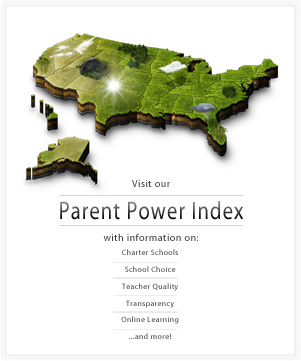Teacher Pension Systems Fail Teachers and Taxpayers
A new report is out from the National Center for Teacher Quality that gives substance to a common critique of the way state education agencies balance their checkbooks. Teacher pensions are chronically and severely underfunded, but states rarely attempt to solve the problem in meaningful ways. States have over $390 billion in unfunded pension liabilities, and this in fact understates the true impact of unfunded pensions because states frequently use wishful rates of return on pension funds. Unfortunately, few states are doing anything about the coming pension crisis.
Instead of tinkering around the edges of dysfunctional defined benefit plans, NCTQ argues that states should give teachers the option of “defined contribution” plans or a hybrid of two. Defined contribution plans require teachers and their employers to contribute a fixed amount of money, but allow teachers to choose how they want to invest their pension funds and are portable between states. Hybrid systems often include less-generous versions of both in which employer contributions are paid into a defined benefit account and employee contributions are paid into a defined contribution account. Hybrid systems can also be structured to have portable employee retirement accounts with a guaranteed rate of return.
Regardless of the specifics of how states structure their plans, they should offer the choice of a defined contribution plan. The default pension plan in the state should be fully portable, and teachers should eligible for the pension system within a reasonable time period. Furthermore, pension plans should strive to pay teachers equally for equal experience. Pension benefits should increase uniformly with experience, and should not be deferred until later years of employment. These reforms would go a long way toward ensuring that states provide fair, neutral, portable, and competitive benefits for teachers while staying in the black.











